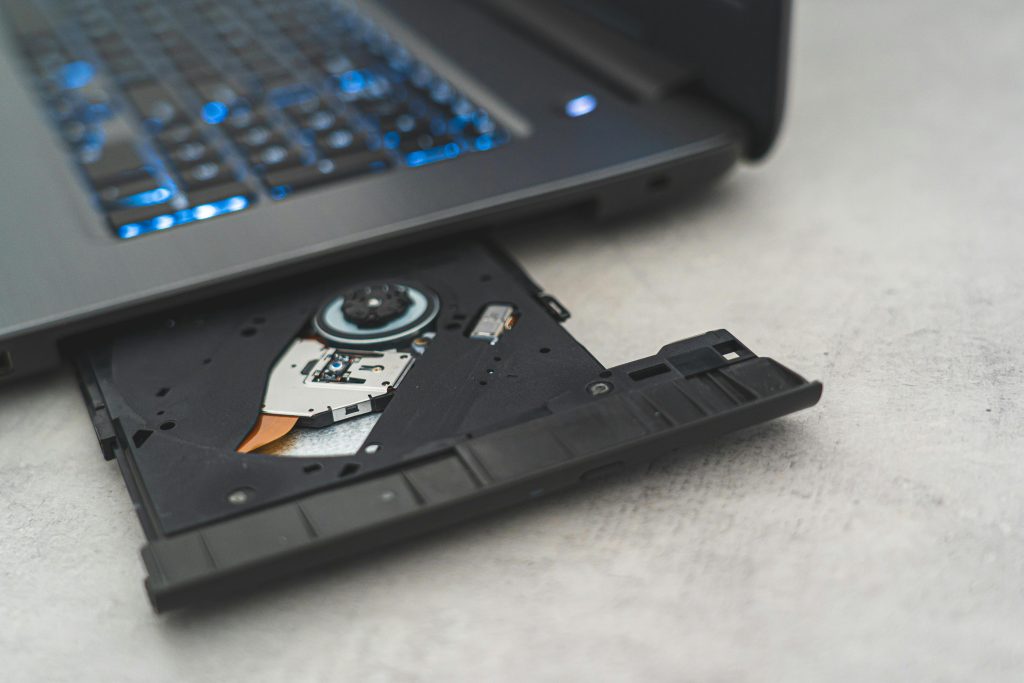Title: Troubleshooting Recurrent Artifacting in AMD Radeon RX 7900 XTX GPUs – A Personal Experience
As gaming enthusiasts and PC builders often share experiences, troubleshooting hardware issues can sometimes be a frustrating journey. Recently, I encountered a series of challenges with AMD’s Radeon RX 7900 XTX graphics cards purchased through second-hand channels, specifically eBay. This article shares my experience, insights into hardware artifacting, and considerations for future purchases.
The Case of Multiple 7900 XTX Cards and Persistent Artifacting
Over the past few weeks, I acquired three AMD Radeon RX 7900 XTX cards from eBay, each around the £600 mark. Unfortunately, all three exhibited similar issues, notably visual artifacts during operation. The latest card, which I am currently using, has developed artifacting symptoms as well, despite prior assurances of its condition.
Insert Image Link: Artifacting Example
Understanding Artifacting and Its Causes
Artifacting refers to visual glitches or distortions that appear on the screen while using a graphics card. It often manifests as strange lines, colors, or shapes that shouldn’t be present in normal operation. The root causes of artifacting can vary:
- Overheating: Excessive temperatures can cause instability.
- Overclocking: Pushing the GPU beyond its stable limits can induce artifacts.
- Aging or Faulty Hardware: Components may degrade over time or be defective from the start.
- Power Supply Issues: Insufficient or unstable power can affect GPU performance.
- Core Hardware Failures: Damaged VRAM, GPU cores, or memory chips often lead to artifacts.
Given the repeated occurrence across multiple used cards, it raises the question: is the artifacting a sign of the GPU deteriorating, or are other factors at play?
Diagnosing the Issue
To determine whether the GPU is dying or if the problem stems from elsewhere, consider the following troubleshooting steps:
-
Monitor Temperature and Power Usage: Use software tools to track GPU temperature, clock speeds, and power draw during load. Ensure cooling solutions are adequate and clean.
-
Test with Different Systems or Configurations: If possible, try the GPU in a different system to rule out compatibility issues.
-
Adjust Overclocking and Settings: Reset to default clock speeds and disable overclocking features to test stability.
-
Update Drivers and Firmware: Ensure your GPU drivers are
Share this content:



